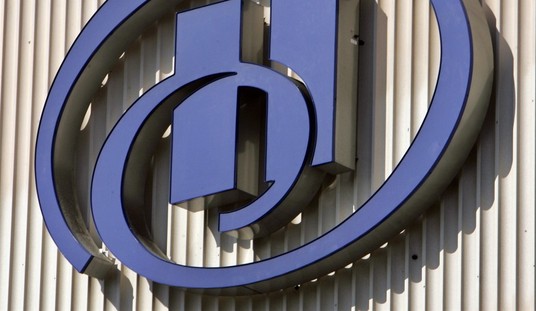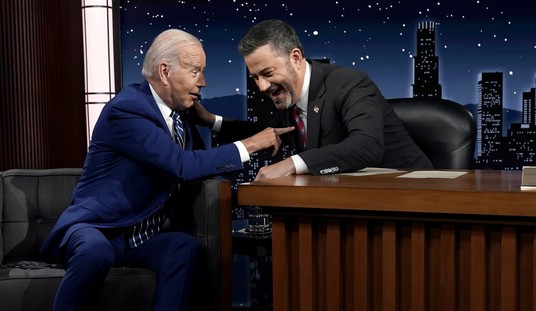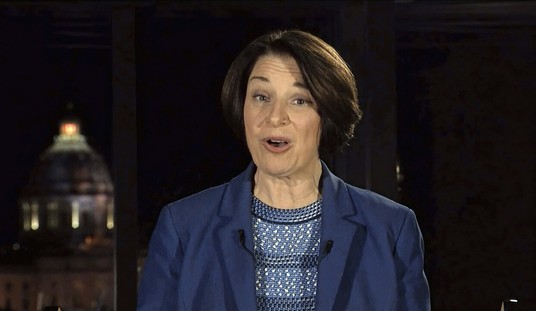Perhaps the biggest question for the 2016 general election is this: Can Democrats hold onto the voter coalitions that turned out for Barack Obama with their next nominee? Or will the Obama coalition exit the field as Obama does, leaving Democrats looking at a potential disaster in the next presidential election? The poll from AP-GfK this week shows that Obama, at least, is holding onto that coalition, but at least at this stage it does not appear transferable to the likely nominee:
Even as the public remains closely divided about his presidency, Barack Obama is holding on to his support from the so-called “Obama coalition” of minorities, liberals and young Americans, an Associated Press-GfK poll shows, creating an incentive for the next Democratic presidential nominee to stick with him and his policies.
Hillary Rodham Clinton, by comparison, is viewed somewhat less favorably by the key voting groups whose record-setting turnout in 2008 propelled Obama to the White House and will be crucial to her own success.
Roughly two-thirds of Hispanics view Obama favorably, compared to just over half of Hispanics who say the same about Clinton. Among self-identified liberals, Obama’s favorability stands at 87 percent, to Clinton’s 72 percent. Half of Americans under the age of 30 view Obama favorably, compared to just 38 percent for his former secretary of state.
The findings offer a window into the factors at play as Clinton decides how closely to embrace Obama, his record and his policies in her campaign for president. Although associating herself with Obama could turn off some independent and Republican-leaning voters, electoral math and changing demographics make it critical for Democrats to turn out high numbers of Hispanics, African Americans and young voters.
US News puts the problem for Democrats in graphic form:
This is actually two different problems — a numbers problem, and a turnout problem. The numbers problem is obvious from the graph. Hillary scores 10 or more points less than Obama in almost all of these demographics, a significant drop in approval. The fade even takes place among women, although not as badly at -4, but Hillary expected to do better with women than Obama on the basis of her own gender.
Another problem with these numbers for Hillary is that they’re in comparison to Obama now, not in 2008 (a more analogous comparison) or even 2012. These are numbers that are on decline from Obama’s presidential campaigns. And this is among adults rather than registered or likely voters, which should be more favorable to both Obama and Hillary.
The turnout problem is obviously related to the numbers problem, but it goes beyond that. Those who see Hillary favorably are smaller in number than the coalition that barely won Obama a second term, but based on Hillary’s personal quality measures in this poll, they’re likely to be a lot less enthusiastic about the choice. Obama’s personal measures, especially on compassion and honesty, stayed strong from the beginning of the first campaign in 2007 until about the time the NSA scandal erupted. Two-thirds of respondents in this poll think Hillary is dishonest, and only 40% think of her as compassionate. Her personal favorability has tumbled 15 points in the gap to 39/49 since April.
This translates into fewer people networking for her, fewer people operating as organizers on the ground, and the need to go much more negative. Without strong positives on personal qualities, that will be a disaster waiting to happen for Democrats, especially among millennials who will roll their eyes at a return to the Clinton era of hardball politics. They already aren’t connecting much to a 69-year-old grandmother, as this graph shows, and it will only get worse as a negative campaign continues.
On top of that, economic pessimism is on the rise. The number of people who think the economy is getting worse is at its highest since October, 24% (17% think it’s getting better, the lowest in more than two years). Thirty-three percent think it will get worse in the next year, the highest since last October, and 29% think it will improve — the lowest in a year. That is not going to produce an electorate anxious to continue the economic policies of the preceding eight years, no matter how many times Hillary Clinton can say “Bush.”
The chances of getting Obama’s band back together in 2016 look very slim at the moment. The challenge for Republicans is how to use this opportunity to gain traction in the vacuum.









Join the conversation as a VIP Member